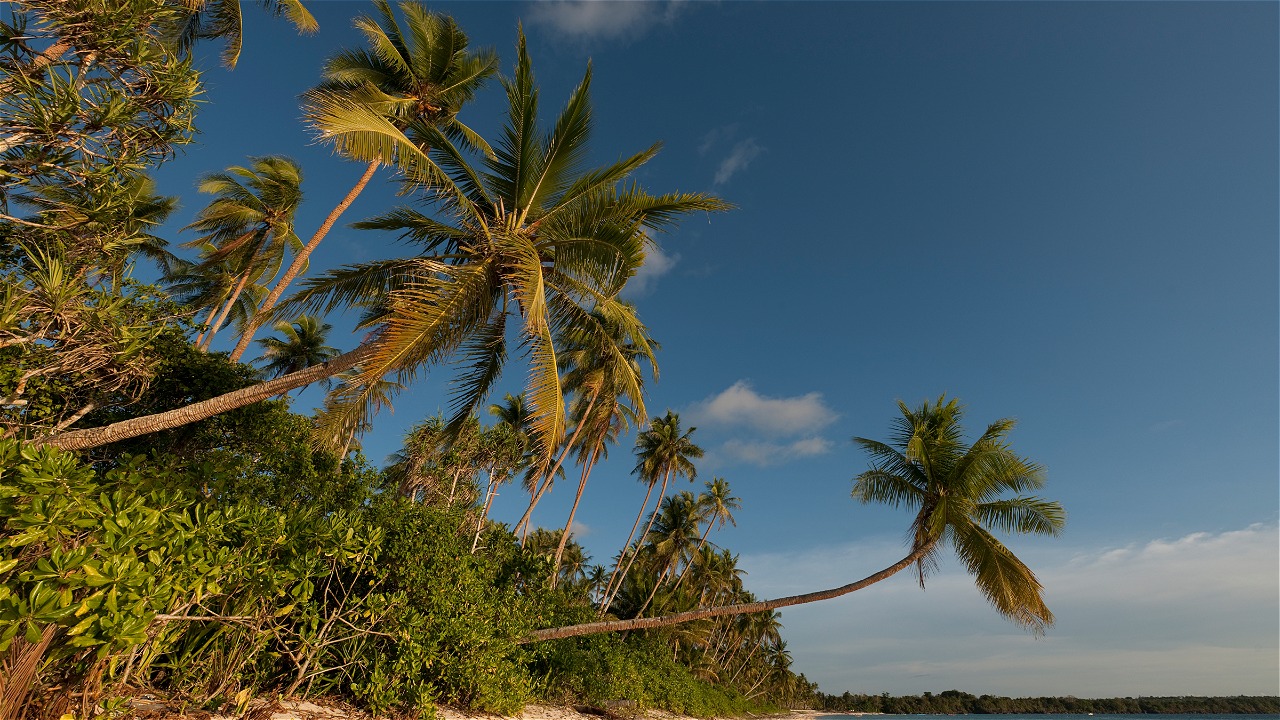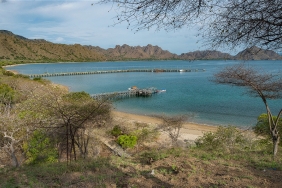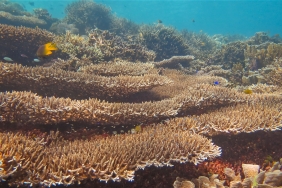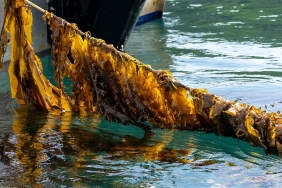WWF AND PARTNERS SUPPORT THE DEVELOPMENT OF A TECHNICAL PLAN FOR THE UTILIZATION OF SOUTHEAST MALUKU CONSERVATION AREAS
By: Amkieltiela (Marine Science and Knowledge Management Officer, WWF-Indonesia)
In order to prepare a technical plan for the utilization of conservation areas and identification of investment targets in Southeast Maluku Regency, WWF-Indonesia together with the Directorate of Conservation of Fish Areas and Species, Ministry of Marine Affairs and Fisheries (KKJI-KKP) and the Center for Coastal and Marine Resources Studies, Bogor Agricultural University (PKSPL-IPB), conducted a survey to several locations in Kei Kecil, in mid-May 2015.
The survey started from the seaweed farming site in Ohoi Letvuan, mangrove crab in Ohoi Evu, and bagan in Ohoi Selayar. These three survey sites make a considerable contribution to the development of fisheries commodities in the region.
In addition to being within the Kei Kecil Small Island Park conservation area, the Ohoi Letvuan seaweed commodity is also listed in cluster II of VI seaweed commodity development in Southeast Maluku Regency. Meanwhile, Ohoi Evu has a relatively healthy mangrove ecosystem that makes the area a producer of mangrove crab commodities. Meanwhile, Ohoi Selayar is known as an influential fishing village in Southeast Maluku Regency.
The results of the survey were then further discussed in a Focus Group Discussion (FGD), with the aim of tabulating priorities for threat mitigation in Southeast Maluku Regency. These threats included the use of bombs and poison/potas in fishing, exploitation of endangered species, littering, and coral destruction. This tabulation of priority threats will be used as recommendation material in the preparation of technical plans for the utilization of conservation areas and identification of investment targets in Southeast Maluku Regency.
Although tools for recommendation materials have begun to be collected from the initial survey, the team is still conducting follow-up surveys at other aquaculture commodity locations, in order to complete the materials for the recommendation materials. Further survey locations included Ohoi Debut, Ohoiwa Island, Ohoiew Island, and Ngur Bloat Beach. In addition to surveying the location of aquaculture commodities, the survey team also observed marine biota at Tanjung Ohoi Ngilngof.





